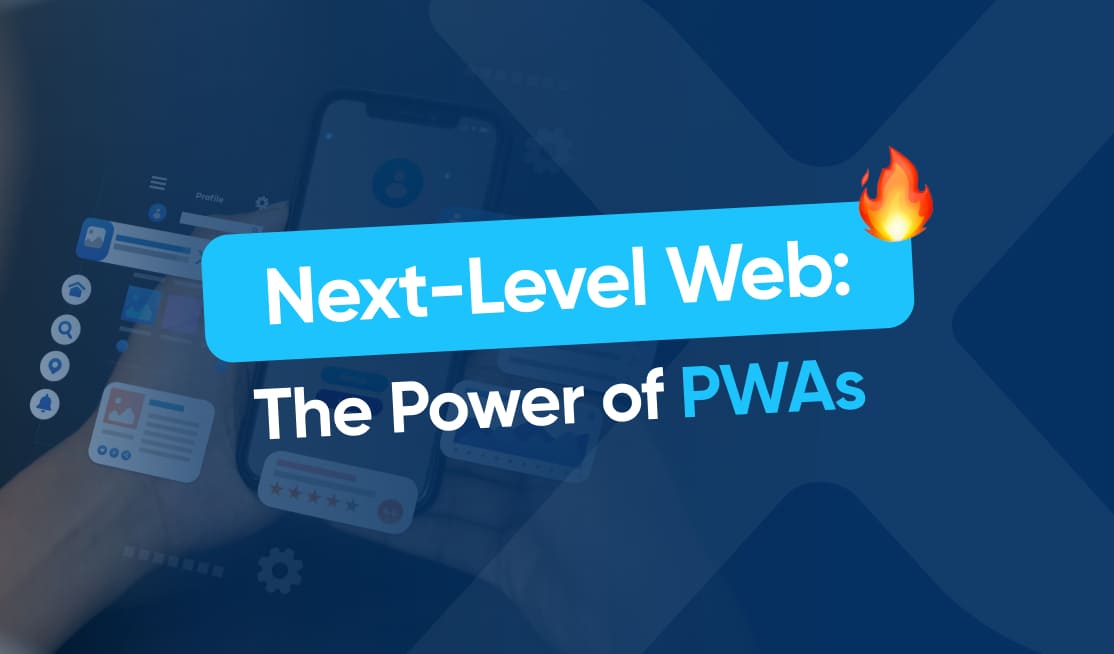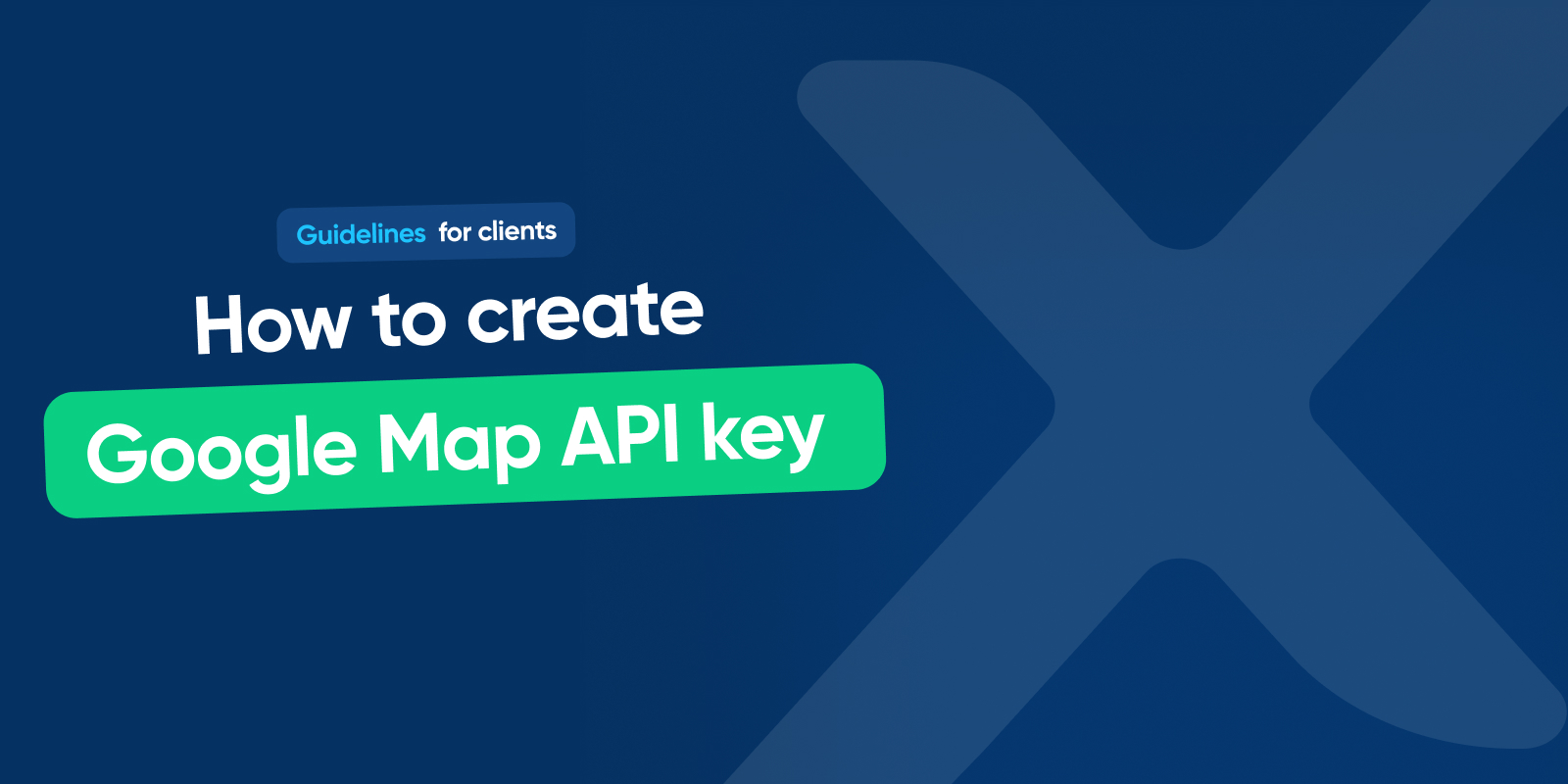
Progressive Web Apps (PWAs) have revolutionized the way we interact with web applications, providing a seamless experience that blurs the line between desktop and mobile. In this article, we will explore the basics of PWAs, their architecture, key features, and the numerous benefits they offer to developers and users alike.
Understanding the Basics of PWAs
Defining Progressive Web Apps
Progressive Web Apps are web applications that combine the best of both worlds – the reach and accessibility of the web with the capabilities and performance of a native mobile application. In essence, PWAs are websites that can be accessed through a browser but offer an app-like experience to users. They are built using modern web technologies and can be installed on the user’s device, providing offline support, push notifications, and more.
One of the key features of PWAs is their ability to deliver a seamless user experience regardless of the network conditions. By leveraging service workers, PWAs can cache important resources and content, allowing users to access the app even when they are offline or on a slow connection. This offline functionality is a significant advantage for users in areas with poor network coverage or for those who frequently travel.
The Importance of PWAs in Today's Digital Landscape
In an era dominated by smartphones and fast-paced digital experiences, PWAs have emerged as a game-changer. With shrinking attention spans and increasing expectations for instant gratification, businesses need to deliver exceptional user experiences. PWAs enable companies to meet these demands by offering fast-loading, engaging, and reliable web applications that work seamlessly across various platforms and devices.
Moreover, PWAs are cost-effective solutions for businesses looking to establish a mobile presence without investing in separate native apps for different platforms. By developing a single PWA that can run on any device with a web browser, companies can streamline their development efforts and reach a wider audience. This approach not only saves time and resources but also ensures a consistent user experience across all devices, leading to higher user engagement and retention rates.
The Architecture of Progressive Web Apps
The Role of Service Workers
One of the key components of PWAs is the use of service workers. These JavaScript files act as intermediaries between the web app and the network, allowing for offline functionality, background syncing, and caching of key resources. By leveraging service workers, PWAs can deliver a consistent user experience regardless of network availability, ensuring that users can access content even in challenging conditions.
Service workers are event-driven scripts that run in the background, separate from the web page, and can intercept network requests, manage caches, and push notifications. They enable PWAs to provide features like push notifications, background synchronization, and offline capabilities, making them powerful tools for enhancing user engagement and retention.
Understanding the Web App Manifest
The web app manifest is a JSON file that provides essential information about the PWA, such as its name, icons, start URL, and display mode. This metadata allows the browser to understand and treat the web app as an installed application. By defining the app’s appearance and behavior, developers can create a cohesive and immersive experience that resembles a native app, increasing user engagement and satisfaction.
In addition to the basic properties like name and icons, the web app manifest can also include theme colors, background colors, and orientation settings. This level of customization not only helps in branding the PWA but also allows developers to optimize the user interface for different devices and screen sizes, providing a tailored experience for each user.
The Concept of App Shell Architecture
App Shell architecture is a design pattern commonly used in PWAs to enhance performance and load times. It involves separating the application’s core user interface from its dynamic content, creating a static shell that loads instantly. This approach allows users to perceive an app-like experience even on slow or unstable connections, as the shell remains loaded while the content is dynamically fetched and displayed.
The app shell typically consists of the basic UI elements like headers, navigation, and loading spinners, while the dynamic content is loaded asynchronously. This separation not only improves perceived performance but also enables smooth transitions between pages and sections within the PWA. By optimizing the app shell architecture, developers can create fast, engaging, and reliable user experiences that rival native applications.
Key Features of Progressive Web Apps
Offline Functionality
Perhaps one of the most significant advantages of PWAs is their ability to work offline. By leveraging service workers and caching strategies, PWAs can store app resources locally, allowing users to continue using the application even without an active internet connection. Offline functionality ensures uninterrupted access to essential content, enhancing user satisfaction and making PWAs ideal in low-connectivity or intermittent network scenarios.
Moreover, the offline functionality of PWAs not only improves user experience but also contributes to cost savings for users. By reducing the need for constant data connectivity, PWAs help users minimize their data usage, especially in regions where data costs are high. This cost-effective feature makes PWAs a practical choice for users looking to manage their data consumption without compromising on app accessibility.
Push Notifications
Push notifications are a powerful tool for engaging and re-engaging users. PWAs enable businesses to send notifications directly to users’ devices, even when the PWA is not actively open in the browser. By leveraging push notifications, businesses can provide timely updates, promote new features, or re-engage users who have not interacted with the app for a while. This feature greatly enhances user retention and drives higher conversion rates.
Furthermore, the personalized nature of push notifications in PWAs allows businesses to tailor their messaging based on user behavior and preferences. This targeted approach increases the relevance of notifications, leading to higher user engagement and improved conversion rates. By delivering customized content directly to users’ devices, PWAs create a more personalized and interactive user experience, fostering long-term user loyalty.
Home Screen Installation
PWAs can be installed on the user’s home screen, just like native apps. This installation process creates an app icon that, when clicked, launches the PWA in a standalone mode, free from the browser’s clutter. This capability increases the visibility and accessibility of PWAs, allowing users to access their favorite web apps with a single tap, similar to native application experiences.
Additionally, the home screen installation feature of PWAs enhances brand visibility and recognition for businesses. By having a dedicated app icon on users’ home screens, businesses can establish a stronger presence on users’ devices, increasing brand recall and fostering brand loyalty. This seamless integration into users’ daily routines not only improves user engagement but also strengthens the overall brand identity, making PWAs a valuable asset for businesses seeking to enhance their digital presence.
The Benefits of Using PWAs
Improved User Experience
PWAs offer a superior user experience compared to traditional web applications. Thanks to their app-like interactions, offline support, and quick loading times, PWAs engage users and keep them immersed in the application. This immersive experience leads to increased user satisfaction, reduced bounce rates, and higher conversion rates.
Increased Engagement and Conversion Rates
The combination of push notifications, offline functionality, and the ability to install PWAs on the home screen creates an environment that encourages users to interact more frequently with the application. Businesses can leverage this increased engagement to drive conversions, whether it be through direct sales, subscriptions, or other valuable actions.
Lower Development Costs
Developing PWAs comes with significant cost advantages compared to building separate native applications for different platforms. With PWAs, developers can create a single codebase that works across devices and platforms. This eliminates the need for platform-specific development and reduces maintenance efforts, ultimately saving time and resources.
As the demand for faster, more engaging web experiences continues to grow, PWAs have emerged as a solution that bridges the gap between web and native applications. By combining the advantages of both worlds, PWAs empower businesses to deliver exceptional online experiences, while users enjoy the convenience and accessibility of app-like interactions. With their endless potential and numerous benefits, PWAs are an exciting technology shaping the future of the web.


